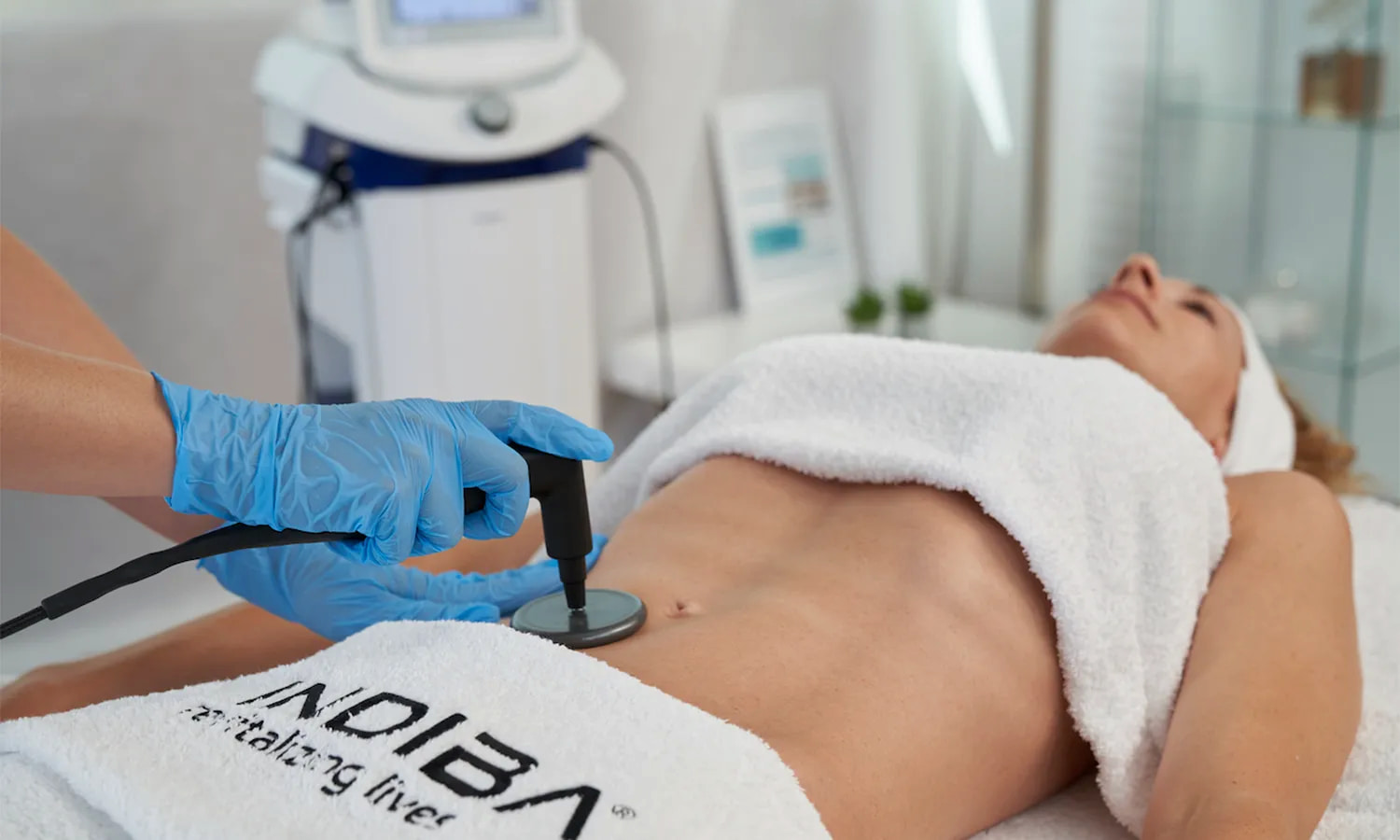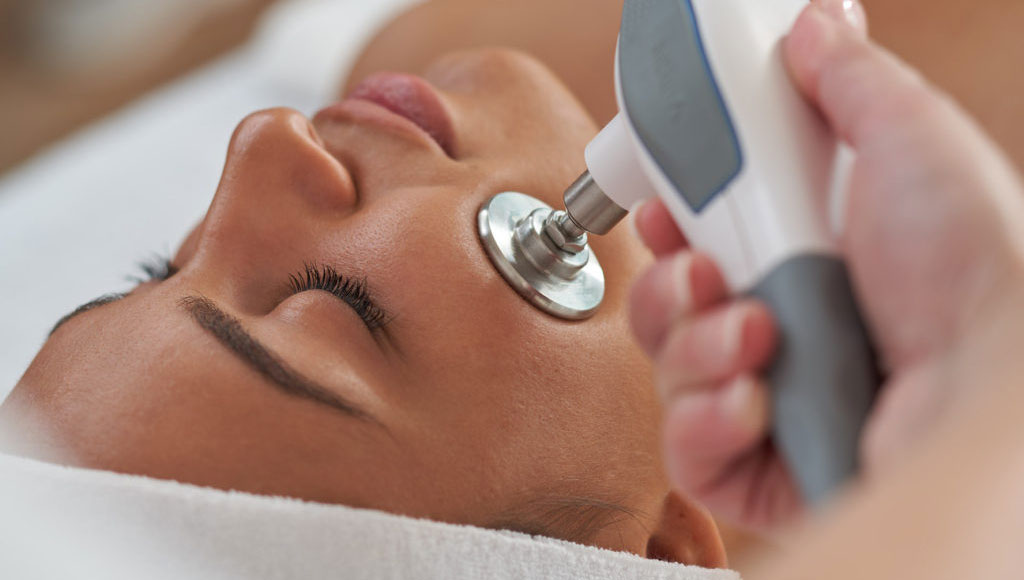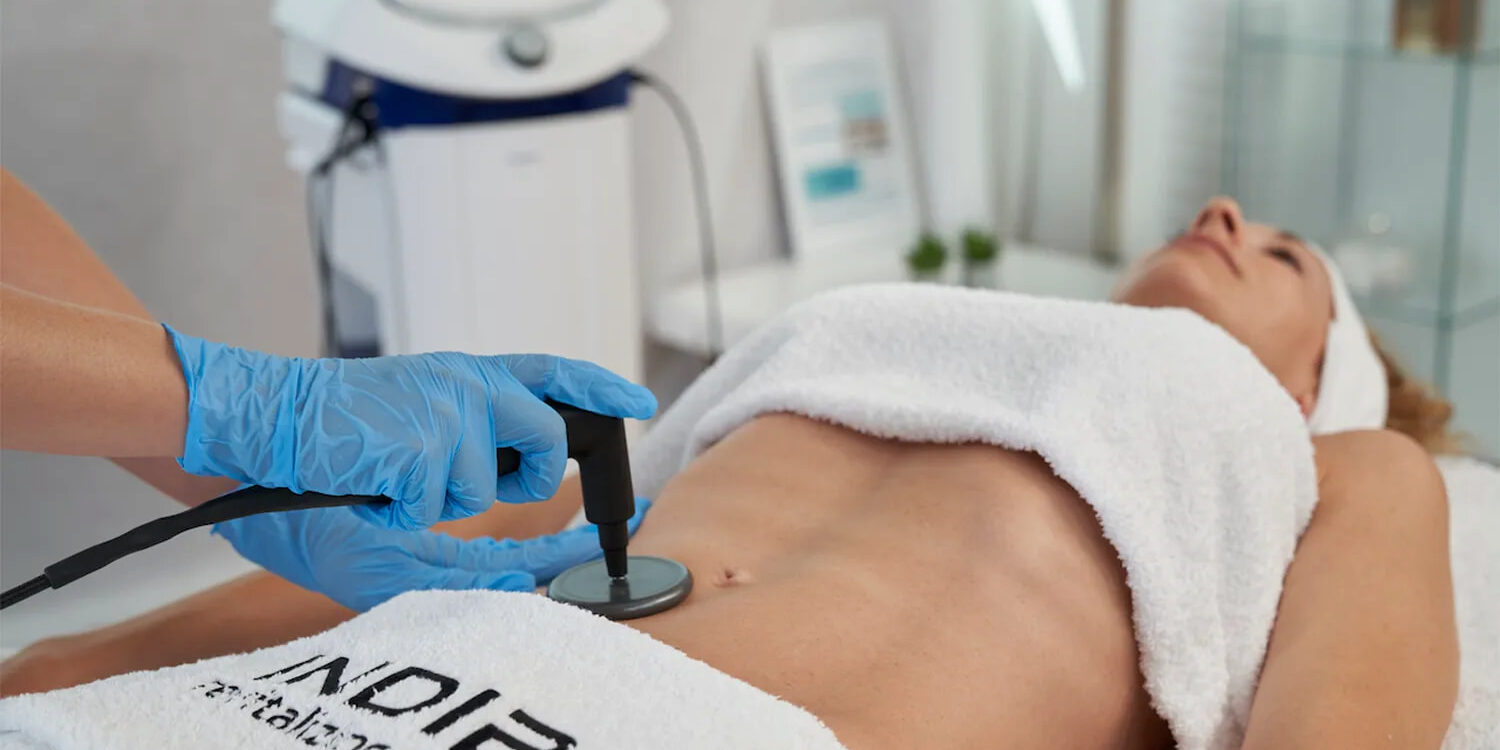In today’s age, advanced technologies are taking the lead in revolutionising medical science, particularly in the field of regenerative medicine and tissue repair. Among the innovations available in regenerative medicine is stem cell therapy and it has been known to treat a wide range of diseases and injuries, improving everyday health and wellbeing by harnessing the body’s natural ability to heal.
INDIBA Proionic 448kHz + 20 kHz technology has appeared to be a significant tool in promoting the proliferation of Mesenchymal Stem Cells (MSCs) which involves non-invasive radiofrequency treatments to unlock new possibilities in beauty, wellness as well as regenerative medicine.
What are Stem Cells?
Stem cells are unique cells that have the ability to self-renew and develop into many different specialized cell types in the body. They play an important role in growth, development and tissue repair. Stem cells are widely studied as they can help in various fields of health and medicine.
Types of Stem Cells Used in Regenerative Medicine
There are various types of stem cells used in regenerative medicine:
1. Embryonic Stem Cells
Embryonic stem cells (ESCs) are pluripotent stem cells that are derived from early-stage embryos that are 3-5 days old. Pluripotent stem cells have the ability to develop into many different types of cells or tissues in the body, allowing embryonic stem cells to be used to repair damaged tissues and organs.
2. Adult Stem Cells
Adult stem cells include mesenchymal stem cells and hematopoietic stem cells (HSCc). They are both found in various tissues and organs in the body.
- Mesenchymal Stem Cells: They are found in the bone marrow, adipose tissue, placenta and umbilical cord. MSCs are defined by their ability to differentiate into tissues such as bone, cartilage and muscle cells. They have shown significant growth in the field of regenerative medicine through non-invasive therapies due to their unique properties, making them suitable for a wide range of therapeutic applications.
- Hematopoietic Stem Cells: HSCc are also called blood stem cells and are found in peripheral blood and bone marrow. They are primarily responsible for blood cell formation and can develop into all types of blood cells.
3. Induced Pluripotent Stem Cells (iPSCs)
Induced pluripotent stem cells are adult stem cells that have been reprogrammed or altered into pluripotent stem cells that can differentiate into all types of specialized cells in the body. They have similar capabilities to ESCc in that they can produce new cells or tissues.

Mechanisms of Stem Cell-Driven in Tissue Repair
Stem cells promote tissue repair in several ways. These mechanisms include differentiation into specialized cells to replace damaged cells, the secretion of growth factors and cytokines to stimulate cell proliferation, immune system modulation to reduce inflammation and promote healing and lastly, the use of radiofrequency technology in enhancing MSC activity.
1. Differentiation into Specialized Cells
Stem cells have the special function of replacing damaged cells by differentiating them into various cell types in the body. They replace damaged cells with healthy and functioning ones in the injured area of the body.
2. Secretion of Growth Factors and Cytokines
MSCs are known for their ability to secrete growth factors and cytokines to promote tissue repair in various tissues in the body such as bone, cartilage, muscle and skin. These stem cells secrete growth factors when they are introduced into the injured area, stimulating proliferation, migration and differentiation of surrounding cells and thus, promoting tissue repair and healing of that specific area.
3. Immune System Modulation
Stem cells, particularly MSCs have immunomodulatory properties which means that they can suppress immune responses or change the activity of the immune system by interacting with immune cells, promoting tissue repair. In other words, these stem cells can control the activity of the immune system and encourage the body’s natural healing mechanisms for the healing of damaged tissues to take place.
4. Radiofrequency Technology in Enhancing MSC Activity
Radiofrequency technology is another mechanism to promote tissue regeneration. It stimulates MSCs proliferation and differentiation rapidly which is essential for repairing and rejuvenating damaged tissues. Radiofrequency technology can also improve cell migration which enhances the migration of MSCs to the injured site. The use of this technology in non-invasive therapies is indeed effective in contributing to overall wellness.
Applications of Stem Cells in Regenerative Medicine
1. Neural Tissue Repair
Stem cell therapy plays an important role in neural tissue repair, such as treating injured spinal cords and stroke recovery. They have the potential to replace damaged neurons, promote axon regeneration as well as restore nerve function, supporting tissue repair and healing.
2. Cardiovascular Regeneration
Stem cells aim to help in cardiovascular regeneration, particularly heart disease and damaged heart tissue. Stem cell therapy is used to improve the function of the heart by regenerating damaged cardiac tissue following a heart attack.
3. Musculoskeletal Repair
In regenerative medicine, stem cell therapy helps in musculoskeletal repair where MSCs are being used to promote bone, cartilage and tendon regeneration. These stem cells can differentiate into specialized cells that can improve damaged tissues, ultimately treating musculoskeletal conditions like fractures, osteoarthritis as well as tendon and cartilage tear.
4. Skin and Wound Healing
Stem cells, particularly MSCs secrete growth factors that stimulate the surrounding cells to proliferate, migrate and enhance skin tissue repair. Stem cell-based treatments are being used in skin and wound healing as they can differentiate into various skin cell types and therefore, enhance wound healing, reduce scarring and improve skin regeneration. Apart from wound healing, stem cells can also promote collagen production and improve skin elasticity.
5. Organ Regeneration and Transplant Alternatives
Stem cell therapy also offers a solution for organ regeneration and organ transplant alternatives. They are used to repair damaged tissues in the organs and as an alternative to organ transplants. Some examples of organ regeneration are the heart, the digestive tract and the skin whereas organ transplantation alternatives include bone marrow transplants.
6. Emerging Non-invasive Therapies in Beauty and Wellness
Radiofrequency therapy with INDIBA Proionic technology, is a non-invasive therapy that helps in beauty and wellness. The treatment offers a more natural solution by combining cutting-edge science with safety. Using MSCs, it can stimulate cells at a molecular level, ensuring that stem cells proliferate effectively, preserving their natural multipotentiality and capacity to differentiate into various tissue types including skin.
INDIBA Proionic therapy helps to fight against aging and skin imperfections by rejuvenating skin, restoring elasticity and repairing damaged tissues. This non-invasive therapy offers a great and effective solution in the beauty and wellness field.

Challenges and Ethical Considerations
While stem cell therapy has many positive outcomes, it also poses some challenges:
- Ethical concerns regarding embryonic stem cell use involve the destruction of human embryos to obtain embryonic stem cells.
- The risk of immune rejection by the recipient’s body. This happens when the recipient’s immune system recognizes the transplanted cells as foreign cells and attacks them, leading to complications.
Future Prospects and Advancements in Stem Cell Therapy
Ongoing research is being conducted for future prospects and advancements in stem cell therapy to explore its full potential. They focus on groundbreaking advancements that could revolutionize regenerative medicine.
- Genetic Engineering (CRISPR): Stem cell therapy is opening new doors for genetic engineering (CRISPR) that is for treating genetic disorders and improving cell functionality.
- 3D Bioprinting: The development of 3D bioprinting is one of the promising advancements in stem cell therapy. In 3D bioprinting, stem cells are utilized to create functional tissues and organs layer by layer. This reduces the dependency of organ donors and the risk of organ rejection in the future.
- Integration of AI in Stem Cell Therapy Research: With the advancement of AI technology, it is now being used progressively in stem cell research to analyze stem cell activity, predict stem cell behavior and more.
Conclusion
Beauty and wellness are being reshaped and transformed by stem cell-based therapies in regenerative medicine. Radiofrequency therapies like the INDIBA Proionic 448kHz + 20kHz technology, an innovative and non-invasive treatment, are a great solution for tissue repair and aesthetic enhancement.
Experience the future of regenerative medicine with INDIBA—a natural, science-backed technology. By leveraging advanced Proionic® technology, INDIBA delivers a non-invasive treatment that stimulates the proliferation of mesenchymal stem cells (MSCs), accelerating tissue regeneration, restoring skin elasticity, and repairing damaged tissues. Discover the transformative potential of INDIBA Proionic technology in skin rejuvenation and tissue repair today!






